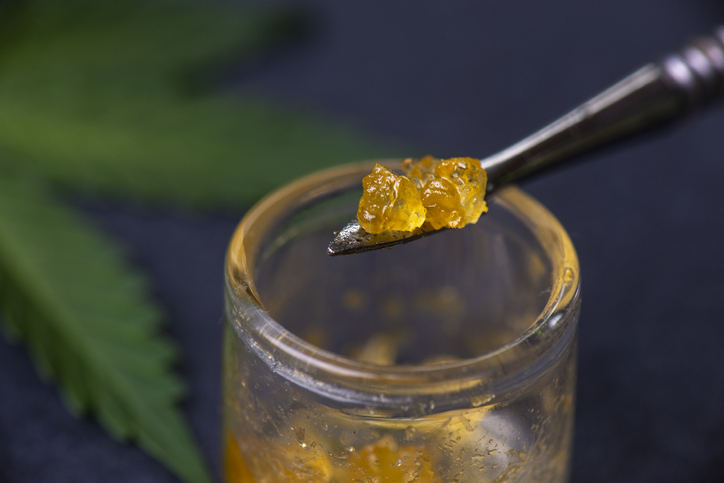
With more states providing legal access to cannabis concentrates and extracts, the marketplace is rife with a diverse selection of high-potency products. Whether used for their therapeutic or medicinal properties, it’s important to learn about different types, how they are made, and how to use them.
What are cannabis concentrates?
Concentrates or extracts are created by separating the resin from the cannabis flower. In this way, the products contain a higher proportion of terpenes and cannabinoids (notably CBD and THC). Cannabis concentrates – as their name implies — are made to be much more potent than marijuana flowers. Depending on the extraction process, the concentrates can contain more than three times the amount of CBD and THC compared to the plant.
The main purpose of cannabis concentrates is to capture the aroma, physiological effects, and flavor of cannabis in a product that has a rapid onset time and is much more potent than smoking weed. Extracts have a high level of bioavailability, which means the body absorbs and processes them more efficiently when compared to smoking marijuana.
Perhaps one of the biggest draws of cannabis concentrates is that they offer consumers a much broader range of consumption methods – from waxes and oils to crystallines. Products can be selected based on individual preferences, tolerance levels, and desired effects.
There are two methods used to achieve cannabis extracts and concentrates. One is by using solvents such as ethanol, propane, or butane to dissolve the plant material and extract the terpenes and cannabinoids. Solvent-free concentrates do not rely on chemical processes, but use physical methods like filtration, high pressure, or temperature to strip the cannabis of its psychoactive, medicinal, and aromatic compounds.
Solvent-based cannabis concentrates
When you visit a marijuana dispensary, you are likely to encounter the following concentrates:
- Shatter – Amber in color, shatter resembles a piece of glass or hard candy, and packs a potent punch with upwards of 80 percent THC.
- Budder – also called badder wax, has fewer cannabinoids but is high in terpenes. It has a waxy, butter-like consistency, and can be dabbed or spread on a marijuana joint.
- Crumble – also known as honeycomb wax, is a versatile concentrate that can be dabbed or added to a blunt for heightened effects.
- Butane hash oils – more commonly known as hydrocarbon extracts or butane honey oil, these oils vary in potency but are most often used for dabbing.
- Oils – Cannabis oils are made with CO2 instead of butane. These oils can be delivered by capsule, tincture, or vaporizer, and the CBD variety are often used in edibles.
Solvent-free cannabis concentrates
- Live Resin – Live resin is high in terpenes, extremely sticky, and made by freezing cannabis to a subcritical temperature before and during the extraction process. It can be vaped, dabbed, or used to top off a bowl or joint.
- Kief – Is a powdery substance that remains when the marijuana flower is finely ground, leaving only the plant’s trichomes.
- Hash – Hash is a sticky concentrate that is typically made of compressed resin or kief. It is made only with trichomes, which produce terpenes, cannabinoids, and flavonoids.
- Rosin – This golden, oil-like concentrate is made with just pressure and heat applied to the marijuana buds.
- Distillate oils – Distillate oil is a crude extract, containing high levels of THC or CBD compounds, with little or no added flavor or aroma. Distillate oils can be used through transdermal application, with vape pens, sublingually, or inhaled.
- Crystallines – These are the purest forms of cannabis available from a dispensary, with up to 99.9% pure THC or CBD content. This isolate powder has no aroma, flavor, or color.
Cannabis testing lab in Florida
Cannabis concentrates and extracts have gained widespread popularity in recent years for good reason, but impurities and potency discrepancies remain a concern. Medical marijuana treatment centers, dispensaries, and consumers can do their part by looking for a product’s certificate of analysis and taking advantage of cannabis lab testing offered by Modern Canna.



 Modern Canna
Modern Canna